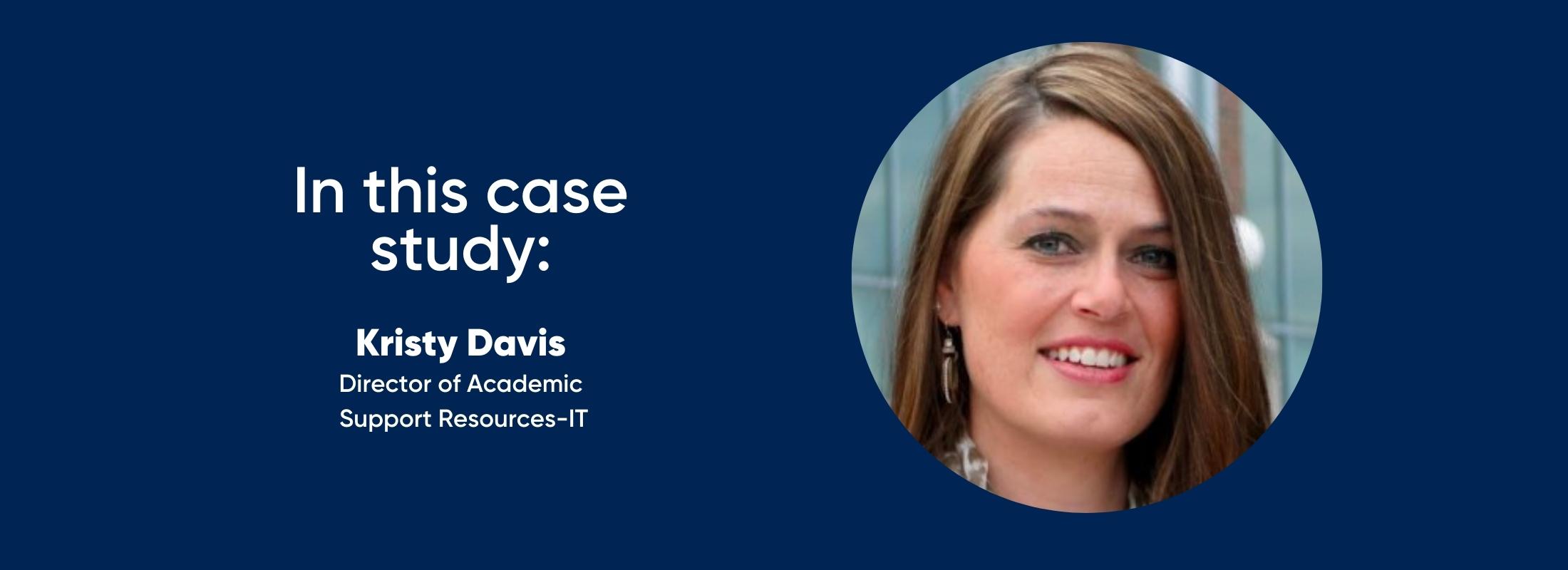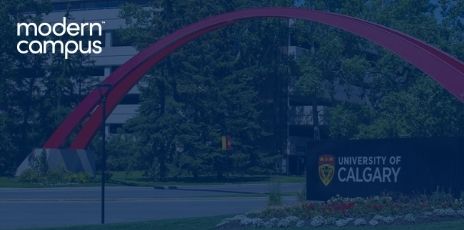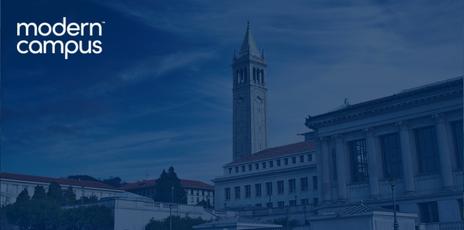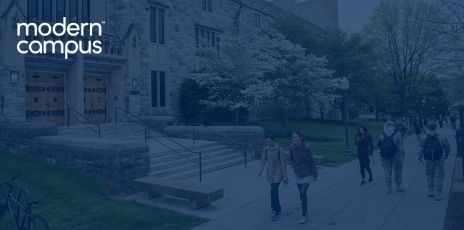About The University of Minnesota
16,389
graduate & professional students
300+
staff users on Lifelong Learning
160+
costing units across 26 programs on Lifelong Learning
Due to word of mouth and relative ease of use, more units have adopted the Lifelong Learning system. This in turn makes more offerings available to learners all in one place, thus prompting more enrollments in offerings across the entire UMN system.
Kristy Davis
The Challenge
Multiple Systems
Across the University of Minnesota, each department and faculty was using their own approach to manage continuing, professional and non-credit education.
“We had a number of homegrown and purchased systems from a variety of vendors all operating on our campus and doing effectively the same things for different units and divisions,” Davis said.
As a result, the student experience and staff experience suffered.
“It created a number of redundancies and the impact was felt in the complexity of our environment, the inconsistency of the student experience and the challenges faced by staff in managing their offerings,” she added.
Staff Inefficiencies
Since each unit was operating entirely separate continuing education businesses, faculty
and staff across the University of Minnesota were re-inventing the wheel on processes
that should have otherwise been standardized.
“Since we had numerous division-level systems to manage non-credit activities in the
past, unit accountants needed to do weekly journal entries where they were manually
distributing revenue into the appropriate chart strings,” David said. “Individual
unit staff also used to have to manually conduct credit card reconciliation, debt
collection and other accounts receivable reporting. It’s incredibly important but
also time consuming.”
The Solution & Result
By consolidating the management of continuing, professional and non-credit education into Modern Campus Lifelong Learning—while allowing individual faculties to maintain ownership of the development and delivery of academic programming—the staff and student experience has improved exponentially. And the university has realized significant cost savings.
Cost Savings
“Several departments have been able to reduce the number of merchant accounts and benefited from having a single administrative support unit catered to non-credit activities,” Davis said.
One unit estimates that they save at least $33,000 annually from administration activities and merchant account costs. Another unit eliminated two merchant accounts—with their associated monthly fees and time investments—and estimate savings in the range of $15,000 per year.
Additionally, the market-leading eCommerce engine within Lifelong Learning allows students to add courses and programs to their cart and pay with credit cards, mirroring the shopping experience modern consumers get elsewhere.
“My favorite thing is that Lifelong Learning has allowed us to automate a lot of things that we used to do manually or on paper,” Sease said. “For example, allowing students to use discounts when enrolling online or enforcing that only certain students can enroll in a class.”
Simplified Accounting
Centralizing the management of programming into Lifelong Learning didn’t just reduce the number of duplicate accounts. Since Lifelong Learning is integrated into the university’s enterprise financial system,it also made life easier for staff across the University of Minnesota.
The system has a streamlined invoicing process going directly to the controller’s office so unit accountants can focus time on other value-adding activities rather than manual reconciliation activities.
What’s more, since all credit card reconciliation, debt collection and documenting relating to annual audits is handled by the Academic Support Resources team—and managed through Lifelong Learning—staff time and energy is focused back on learners and programmatic growth.
Related Case Studies
University of Calgary is Driving Non-Credit Conversions and Efficiency
How a large public university’s Continuing Education team is transforming Continuing Education’s role at the institution
The University of California Berkeley Extension Improved Retention and Program Management
How UC Berkeley Extension improved its student experience and simplified management of continuing and professional education
Virginia Tech is Accelerating Revenue Distribution Timelines by 50%
How one land-grant research university revolutionized the way non-credit operates by realizing new operational efficiencies

Tackle your biggest challenges
About Modern Campus
Modern Campus is obsessed with empowering its nearly 2,000 higher education customers to thrive when radical transformation is required to respond to lower student enrollments and revenue, rising costs, crushing student debt, and administrative complexity.
The Modern Campus engagement platform powers solutions for non-traditional student management, web content management, catalog and curriculum management, student engagement and development, conversational text messaging, career pathways, and campus maps and virtual tours. The result: innovative institutions can create a learner-to-earner lifecycle that engages modern learners for life, while providing modern administrators with the tools needed to streamline workflows and drive high efficiency.
Learn how Modern Campus is leading the modern learner engagement movement at moderncampus.com and follow us on LinkedIn.



